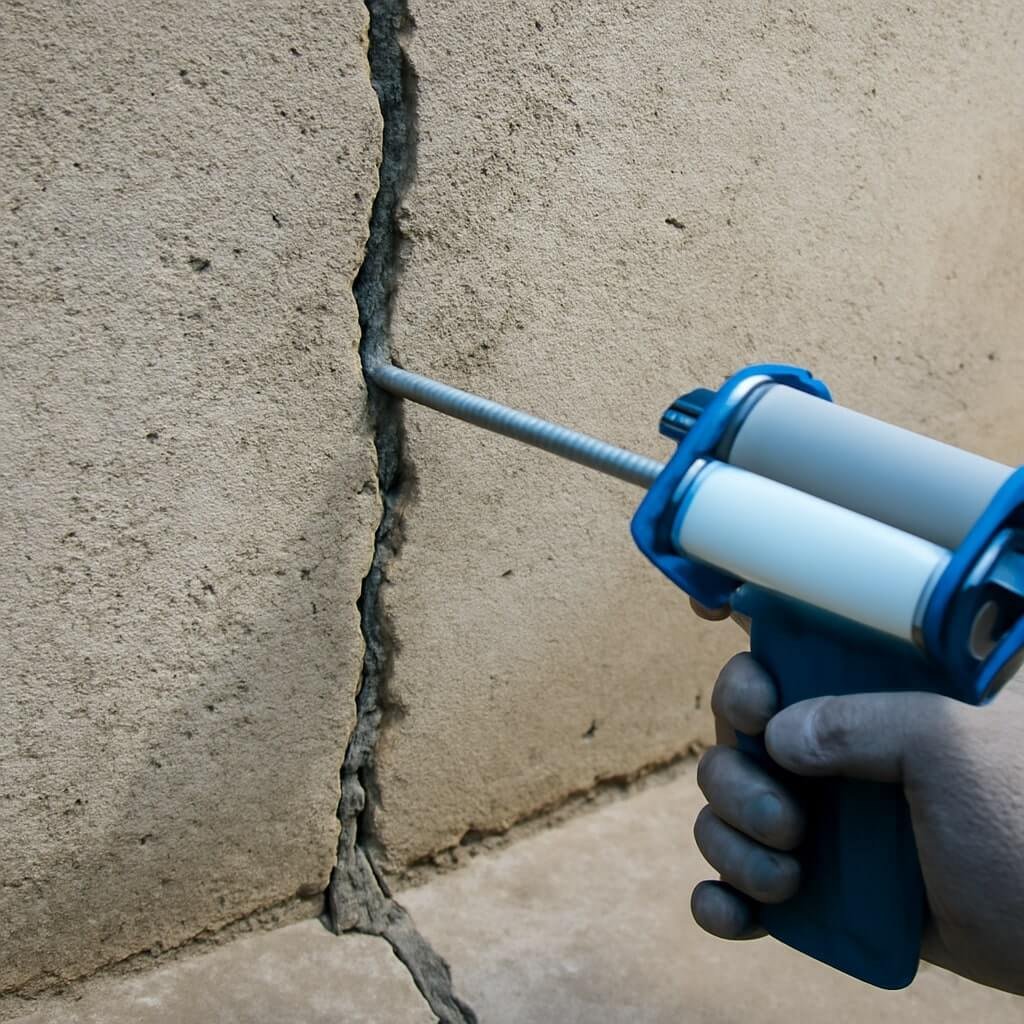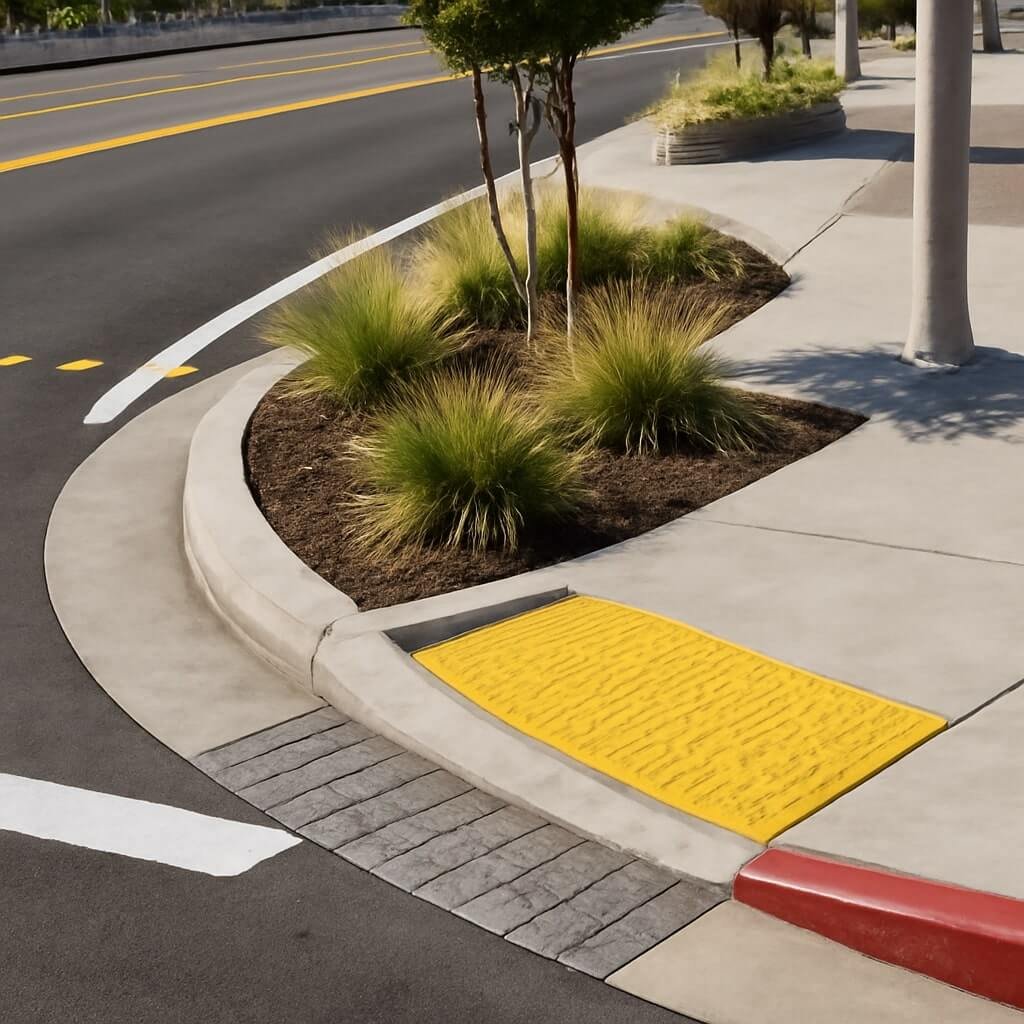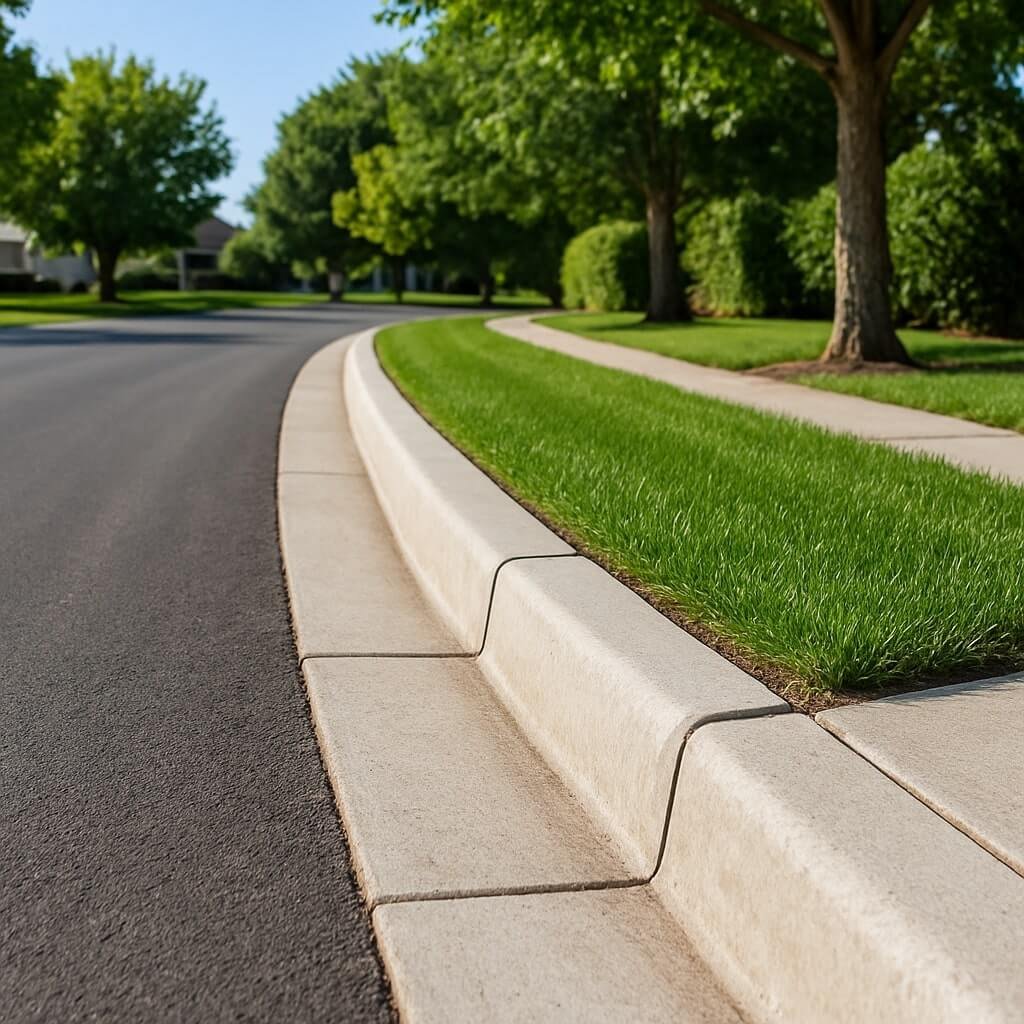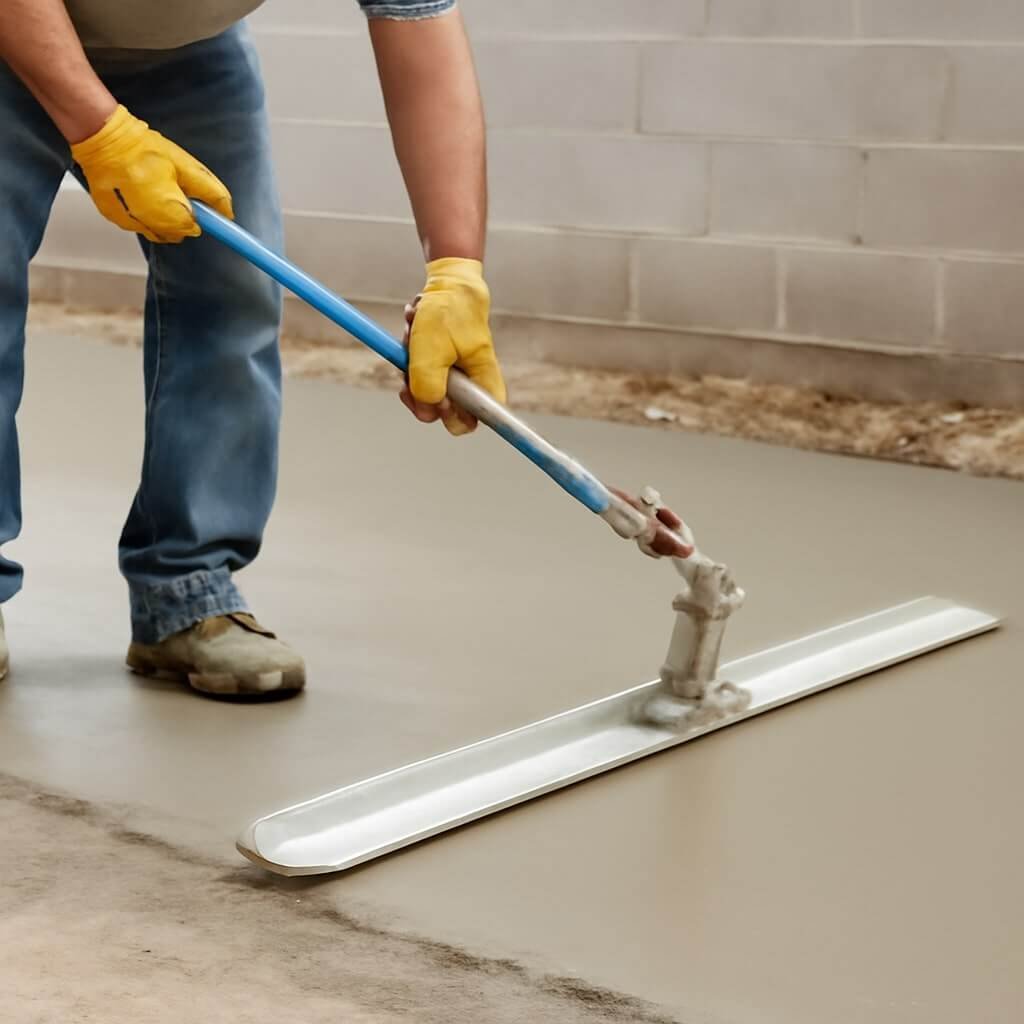Concrete cracks are an unavoidable reality for many homeowners, contractors, and engineers. Whether caused by natural wear and tear, environmental conditions, or structural stress, cracks can compromise the integrity and appearance of concrete surfaces. Thankfully, the market offers an array of effective products designed to fix these cracks, restoring durability and aesthetics. This guide explores the best products for concrete crack repair, helping you make informed choices that last.
Understanding Concrete Cracks: Causes and Types
Common Causes of Concrete Cracks
Concrete cracks develop for several reasons, including shrinkage, thermal expansion, heavy loads, and poor construction practices. Environmental factors such as freeze-thaw cycles and moisture penetration also accelerate cracking.
Types of Concrete Cracks
Understanding the crack type is critical to selecting the right repair product. Common types include:
- Hairline Cracks: Very thin, often due to drying shrinkage.
- Structural Cracks: Wider and deeper may signal foundation issues.
- Settlement Cracks: Caused by soil movement beneath the concrete.
- Shrinkage Cracks: Result from the concrete curing process.
Why Repairing Concrete Cracks Matters
Ignoring concrete cracks can lead to further damage like water infiltration, corrosion of reinforcement bars, and eventual structural failure. Repairing cracks promptly not only preserves safety but also enhances curb appeal and prolongs the lifespan of the concrete.
Key Factors to Consider When Choosing Concrete Crack Repair Products
Crack Size and Depth
Small hairline cracks need different treatment compared to wide, deep cracks. Select products designed to suit your crack’s dimensions for optimal results.
Environmental Exposure
Consider the environment where the concrete is located—whether it faces freeze-thaw conditions, heavy traffic, or chemical exposure—when choosing repair materials.
Material Compatibility
Ensure the repair product bonds well with the existing concrete and withstands the stresses it will face.
Top 12 Best Products for Concrete Crack Repair
1. Epoxy Injection Kits
Epoxy injections are perfect for structural cracks. These kits bond cracks permanently and restore structural integrity.
2. Polyurethane Foam Injections
Ideal for cracks subject to moisture, polyurethane foam expands to seal and waterproof the cracks effectively.
3. Hydraulic Cement
Hydraulic cement sets rapidly and is useful for stopping active leaks in concrete.
4. Concrete Patching Compounds
These are versatile and easy-to-use products that fill cracks and surface damage, providing a smooth finish.
5. Acrylic Latex Caulks
Good for minor cracks, these caulks are flexible and paintable.
6. Silicone Sealants
Silicone offers excellent waterproofing and flexibility, but is less suitable for structural repairs.
7. Cementitious Repair Mortars
These mortars blend well with existing concrete and are used for larger surface repairs.
8. Polyurea Coatings
Polyurea provides a tough, flexible coating to protect repaired areas from further damage.
9. Fiber-Reinforced Repair Materials
Fiber reinforcement adds strength and durability to patching compounds.
10. Crack Repair Tapes
Easy to apply, tapes offer a temporary seal and prevent dirt infiltration.
11. Self-Leveling Sealants
These sealants flow into cracks easily and create a smooth, sealed surface.
12. Rapid-Setting Repair Products
Rapid-setting products allow quick repairs and early use of repaired surfaces.
How to Apply Concrete Crack Repair Products Effectively
Surface Preparation
Clean the crack thoroughly of debris, dirt, and loose concrete to ensure proper adhesion.
Application Techniques
Follow the manufacturer’s instructions for applying repair products. Use appropriate tools like injection guns, trowels, or brushes.
Curing and Finishing
Allow sufficient curing time and finish the surface as needed for durability and appearance.
Maintenance Tips After Repair
Regular inspections, cleaning, and sealing can extend the life of repaired concrete and prevent new cracks.
Frequently Asked Questions (FAQs)
Q1: Can I repair concrete cracks myself, or should I hire a professional?
A1: Small cracks can often be repaired DIY with the right products, but large or structural cracks are best handled by professionals.
Q2: How long do concrete crack repairs last?
A2: Longevity depends on the product used, crack type, and environment but typically ranges from 5 to 20 years.
Are epoxy injections waterproof?
Yes, epoxy injections create a waterproof seal and bond cracks permanently.
Can I paint over repaired cracks?
Most repair materials allow painting once fully cured; check product specifications.
How soon can I use the repaired concrete surface?
It depends on the product; rapid-setting products allow use in hours, others may take days.
What causes concrete cracks to reappear after repair?
Recracking may result from underlying structural issues, poor repair application, or continued environmental stress.
Conclusion
Repairing concrete cracks effectively requires understanding the causes, types, and selecting the right products. From epoxy injections to rapid-setting mortars, each product has its place in preserving concrete’s strength and appearance. With proper application and maintenance, you can extend your concrete’s life and avoid costly replacements.




